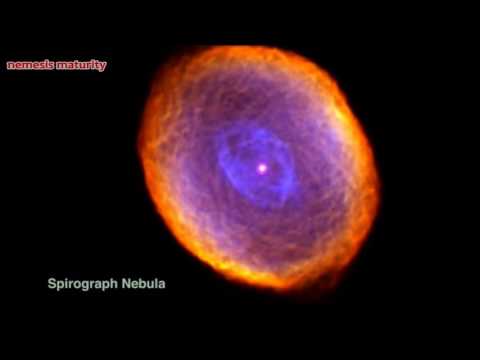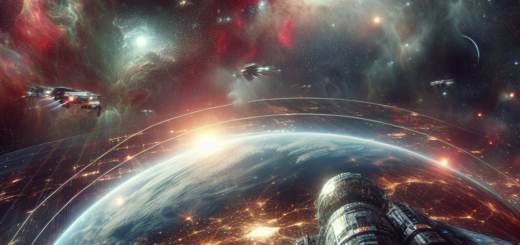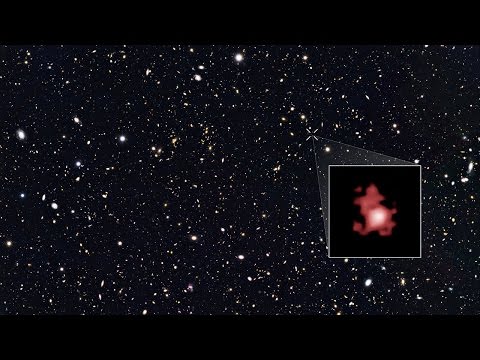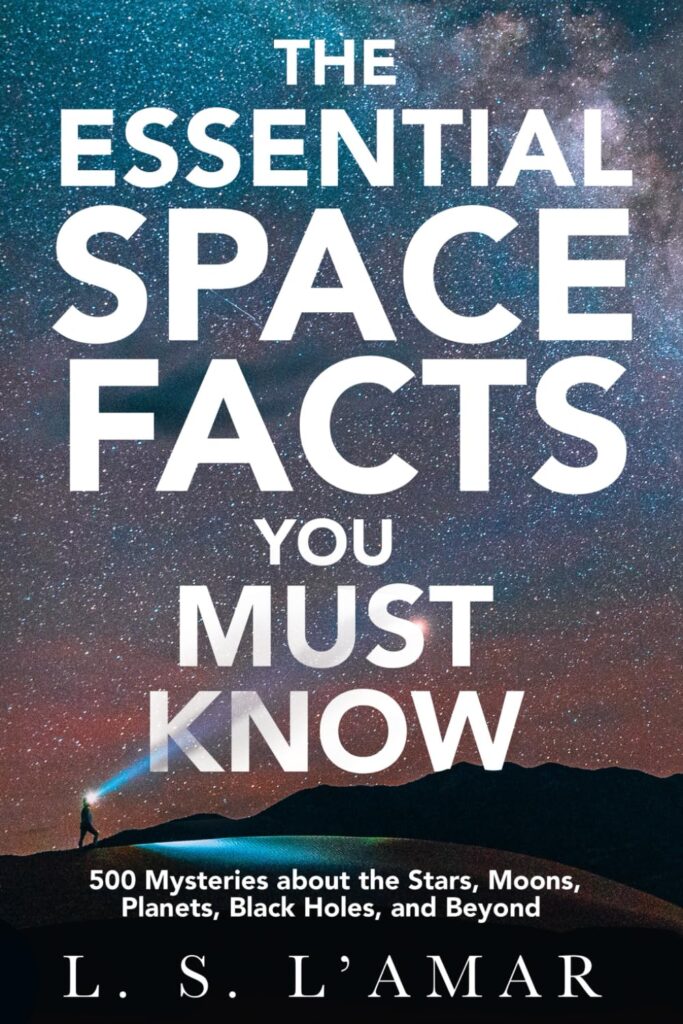From Dust to Stars: The Evolution of Galaxies
Galaxies are some of the most awe-inspiring objects in the universe. They come in a variety of shapes and sizes, from small, irregular dwarf galaxies to massive, spiral galaxies like our own Milky Way. But how do galaxies form and evolve over time? The answer lies in a process that takes them from dust to stars, shaping their structures and compositions along the way.
The formation of galaxies begins with the collapse of vast clouds of gas and dust in the early universe. These clouds contain the raw materials needed to create stars, planets, and galaxies. As the gas and dust collapse under the force of gravity, they begin to clump together, forming dense regions known as protogalactic clouds.
Over time, these protogalactic clouds continue to collapse and merge, forming larger and larger structures. As the gas and dust within these clouds condense and heat up, they begin to ignite and form stars. These newly formed stars emit energy in the form of light and heat, which causes the surrounding gas and dust to disperse, revealing the newly formed galaxy.
As galaxies evolve, they continue to grow and change through a process known as hierarchical merging. This occurs when smaller galaxies are attracted to and merge with larger galaxies, creating larger and more complex structures. This process is thought to be responsible for the formation of many of the galaxies we see today, including the Milky Way.
In addition to merging, galaxies can also evolve through internal processes such as star formation and supernova explosions. These events can dramatically alter the structure and composition of a galaxy, leading to the formation of new stars and the dispersal of heavy elements throughout the galaxy.
One of the key factors that influences the evolution of galaxies is their environment. Galaxies that are located in dense regions of space, such as galaxy clusters, are more likely to experience interactions and mergers with other galaxies, leading to more rapid evolution. On the other hand, galaxies that are located in less dense regions, such as the outskirts of galaxy clusters or in the voids between galaxies, may evolve more slowly.
In recent years, astronomers have made significant advances in our understanding of galaxy evolution through the use of advanced telescopes and computer simulations. These tools have allowed scientists to study the formation and evolution of galaxies in unprecedented detail, shedding light on the processes that shape these cosmic structures.
From dust to stars, the evolution of galaxies is a fascinating journey that continues to be a topic of intense study and discovery in the field of astrophysics. By unraveling the mysteries of galaxy formation and evolution, scientists hope to gain a deeper understanding of the universe and our place within it.













